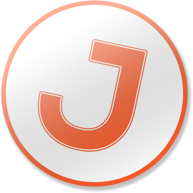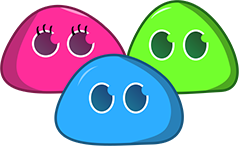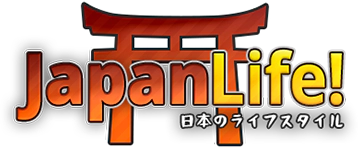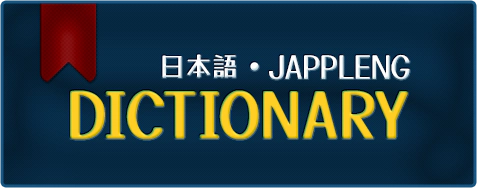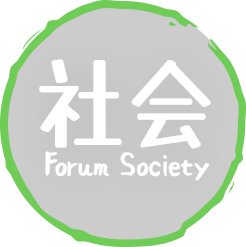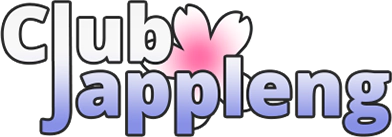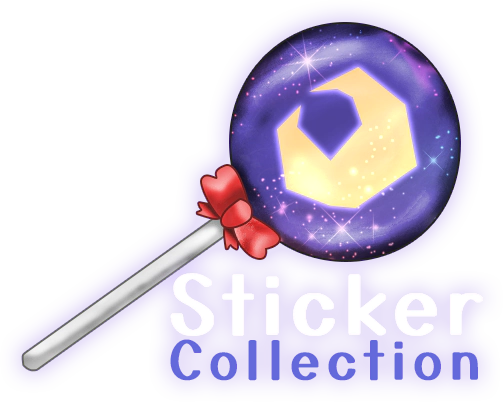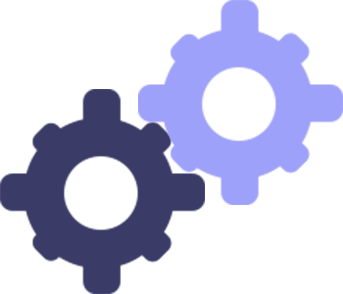Introduction to
Manga
In Japanese, the word
manga is
the word given to any comic created in Japan. The word has recently
acquired the same meaning in English. Manga has become more and
more popular over the years, forming an important part of Japanese
culture.Manga are written by
mangaka (like an author of a book, you
have a mangaka of a manga) and are generally first published in
magazines (zasshi). Thereafter, they may be published as
tankobon, a compilation of a given series bound in book form.
History
The first appearance of manga can be traced back to the 17th and
18th centuries to an artist who referred to himself as
Hokusai, although his real name is unknown.
Hokusai focused greatly on different forms of art including wood
blocks and paintings, but also created works of art which he called
manga. It would not be until the 20th century, however, that manga
would begin to gain popularity, eventually transforming into the
art form we recognize today.
Manga first reached something like its present form in the late
nineteenth century. At that time, magazines would have small
cartoons - around fifteen pages in length - that were aimed at both
young boys and girls. The introduction of these short manga stories
were mainly the result of the
Meiji
era's (1868-1912) effort to encourage literacy within
Japan.
In the mid 1900s came one man who was a vital part to the process
of forming the modern style of manga. His name was
Tezuka Osamu (November 3, 1928 – February 9,
1989) and he has often been considered the
"Walt Disney of
Japan" or the
God of Manga. Osamu created longer manga
works, reaching 180 pages, matching the length of those that are
published in
tankobon today. One
of his many works,
Shin Takarajima (New
Treasure Island), published in 1947, was an important
influence on the manga that we have today in that it was published
in a form known as
akahon or
"red book", a type of cheaply bound comic book, which got
its name from the red ink used on the cover.
At the time, akahon were used for the relatively little material
that was published for children's entertainment, but with Tezuka
Osamu's release, many more akahon were created and sold. One of
Osamu's better-known works is
Tetsuwan
Atom, better known as
Astro
Boy, and is still popular today.
Astro
Boy
Around the
1960s,
gekiga,
dramatic
pictures, appeared. This was the term that was given to more
serious manga, which were dawn in a more realistic style than
manga. Gekiga were released in Japanese through lending libraries,
where works that might have been considered offensive, or in some
cases experimental, were tolerated. Today the amount of gekiga has
significantly reduced since the 1960s and '70s.
Today, there are more than 3,000 professional manga artists in
Japan, many of whom make their living as assistants to more famous
mangaka. Approximately 300 of these professionals are able to make
an above average salary from their manga alone. Some well-known and
popular mangaka today include
CLAMP, a group of 4 women responsible for
writing works such as
Cardcaptor
Sakura and
Chobits;
Rumiko Takashi, who wrote
Inuyasha; and
Akira Toriyama with his
Dragonball series.
Politics
Manga forms an important part of the
Japanese politics and economy. For example,
Kiichi Miyazawa, former prime minister of
Japan in 1995, published a column of his opinions in a manga
magazine known as
Big Comic
Spirits, a magazine that, at the time, was read by
approximately 1.4 potential voters and young salary men per week.
Manga's wide readership also had a significant economic impact. In
fact, it is recorded that of the books and magazines sold in Japan
in 1995, 40% of are manga and of 2.3 manga and magazines produced,
1.9 billion were sold. This 1.9 billion equates to more than
fifteen for everyone
(men, women, and children) in Japan
(
Schodt, Frederik. Dreamland Japan: Writings on Modern Manga.
Berkeley: Stone Bridge Press, 1996).
In 2001, it was recorded that manga issues totaled to 3.286
billion, coming out to 69% of works published in Japan. As well,
exports for manga-related items, including animations and games,
forms almost $3 billion Japan's exports (
Nakamura, Ichiya.
"Japanese Pop Industry" November 2003: 1-18).
The Manga Itself...
The majority of manga is read in a right to left, up to down
format, often times written in kanji, the Japanese character
system, with furigana and
hiragana written beside a kanji for those who do not know what
the kanji is.
Sound effects are also present and are written with either hiragana
or katakana. Some of the manga that has been licensed and
translated into English retain the hiragana/katakana sound effects,
while other manga will have them translated into English. Those
manga that become popular are also generally adapted into
television series in a style known as anime, such as
Sailor Moon,
Gundam Wing, and
Fullmetal Alchemist. Though most often the
anime are based closely off of a manga counterpart, sometimes a few
key differences between the manga and anime can be
found.
Artistic Styles
Each mangaka has their own style of
drawing, and depending on the genre of the manga, the style used
can vary greatly. Often times, most would associate manga with
large eyes, small noses or heads that may be larger than they would
be if properly proportioned. This style of drawing has been termed
as the moe style of manga and can be most commonly seen in shojo
(girls) manga. But the styles can also extend to more realistic
drawings, the styles used in a particular manga depending on the
mangaka.
Manga Outside of
Japan
Today, there are also non-Japanese comics in a similar style to
manga. This includes
AmeriManga,
the term given to those manga that are originally published in
English, and
Manhwa, the Korean
equivalent of manga.
There is also
dojinshi, which
are manga created by amateurs that are published outside of the
mainstream market. Dojinshi has also come to represent manga that
are drawn by fans, either created to extend existing storylines or
to introduce a new storyline using the characters of an existing
manga.
Manga Genres
Manga today covers a broad range of
genres, from sports, to sci-fi, to romance, alternative worlds -
the list goes on. This may help explain why it is read by all ages
throughout Japan and is now becoming more popular within other
countries. As well, manga can be divided into various groups
targeting different ages and gender.
Some of the groups that are found today include
kodomo (children),
shojo (girls),
shonen (boys),
redisu/josei (ladies), and
seinen (young men) manga. For more information about individual
manga genres, click on their respective names or visit our
click here for a thorough introduction.
